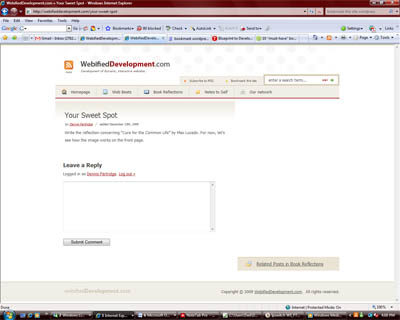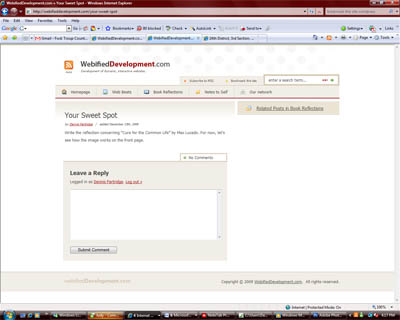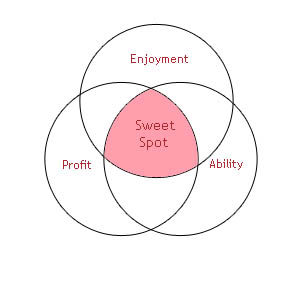While the value of a directory link can be debated, what cannot be debated is the fact that all back links are at the least a zero gain. Meaning, that it is a rare instance when a link to your website will penalize you. Since I own and operate my own Epic Directory I can vouch that they are still very efficient in pushing link power, providing that the directory or category itself is relevant to the topic of the site.
WL Marketing has several different options when purchasing directory submissions. I chose the 600 directories over a 1 month timeline, which included having a Google email address setup for the submission service. The cost for this service was $40. Over the next several months I am going to report here on the success or non-success of this purchase, giving you my thoughts as they submit and the success rate of such submissions. This will be done in a series of posts.
I would like to state my goals for this submission service. I hoped to gain 180 back links from the 600 submissions, which is a 30% rate. I would consider anything greater than that, a successful sale from this service.
The purchase was made on May 2, 2009 and after review of my site details, and some additional categories added by the staff of WL Marketing, my site was setup for inclusion in their processing.
May 4, 2009
Overnight I received word via email from WL Marketing that they had “updated my account.” After logging into their backend I found that they had begun the processing of my directory submission to the first set of directories:
2009-05-03 20:18:18 Status changed from New to Processing
2009-05-04 01:42:30 Status changed from Processing to Updated
Available to me was an excel download file that included my login details for accessing the new gmail account. I also received a list of 156 directories that my website was submitted to on the first day. Included in the details was the PR of the homepage of the domain, and the category to which my site was submitted. An initial look at the url’s appeared good. For purposes of privacy to WL Marketing, I will not release the directories they submitted to.
On opening the new gmail account I found I had already received 128 emails, and 7 emails labeled as spam. I first opened the spam folder and immediately confirmed that those 7 emails were in fact valid and I labeled them as not spam. So, out of 156 submissions last night, 135 of those submissions initially replied.
When submitting to directories or utilizing services such as directory submission, it is important for you to monitor the emails you receive from the directories themselves. Some of them will require you to confirm your submission. Out of the 135 emails I received, I needed to confirm 37 of those, or about 27%. Failing to confirm your submission will lower their success rate. In the excel file that was provided by WL Marketing I was told that those directories needing confirmations had already been done, but I was unable to confirm that via emails within the gmail account. In each case where I confirmed the listing, I received an additional email confirming that fact, so I have to doubt if it was done properly.
From the initial 156 submissions, two listings were approved and one rejected within 9 hours. The rejected one was because the site was not Thailand related… which of course means, my site should never have submitted to that country related directory. Of the two accepted submissions one of those was through the 37 submission confirmation that I had made earlier.


